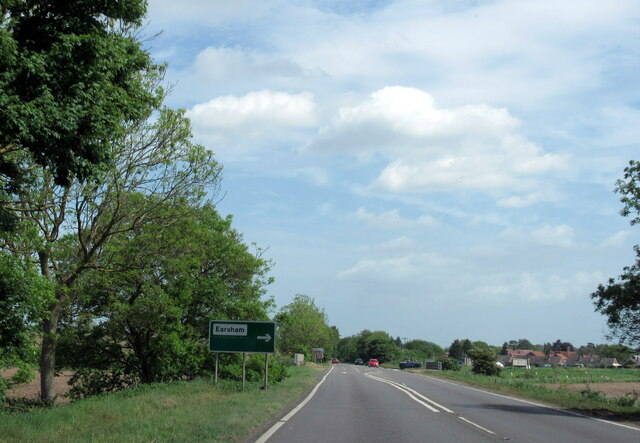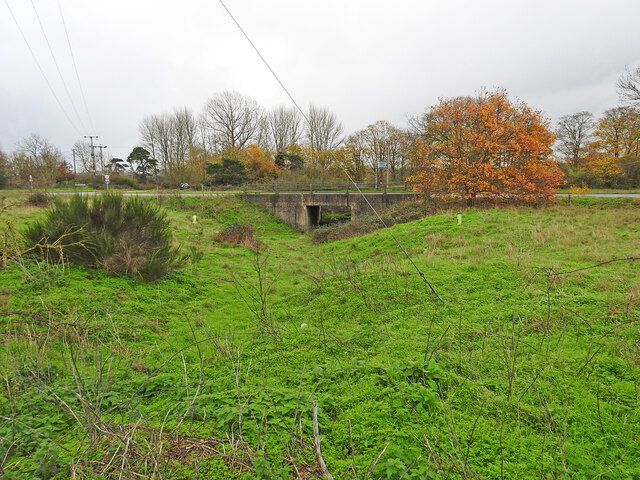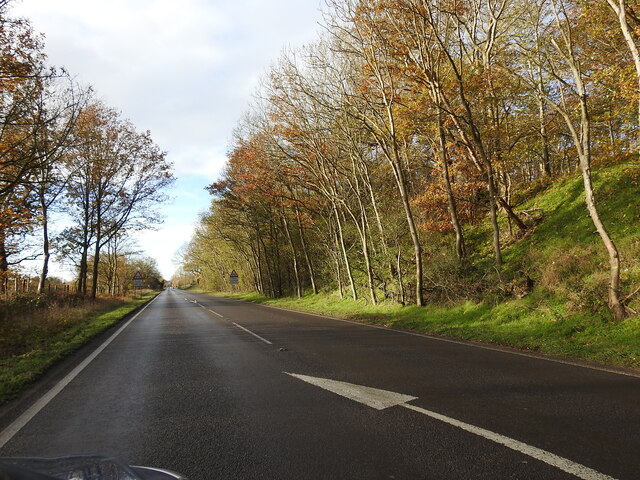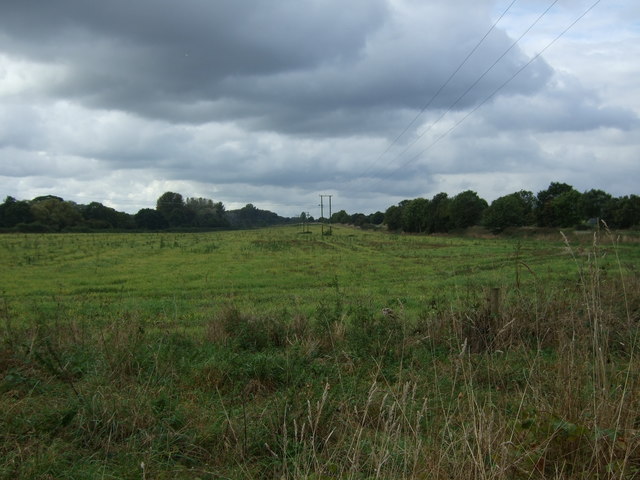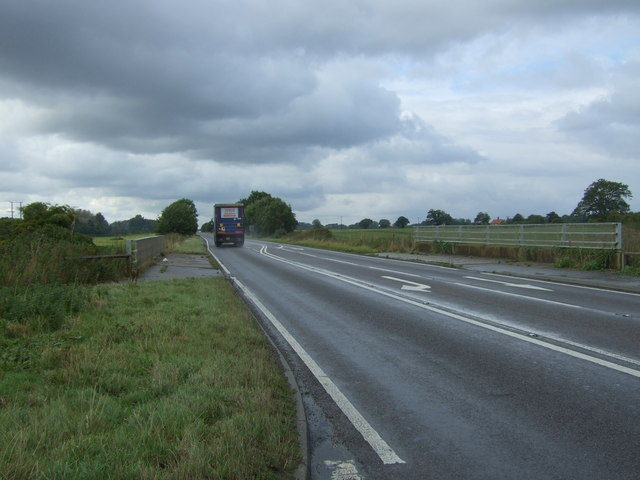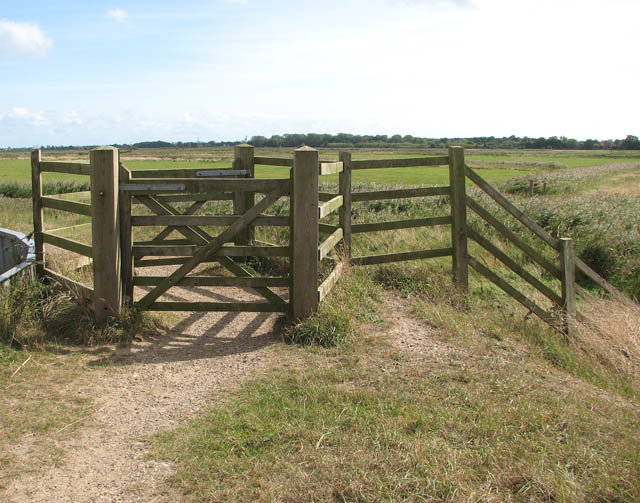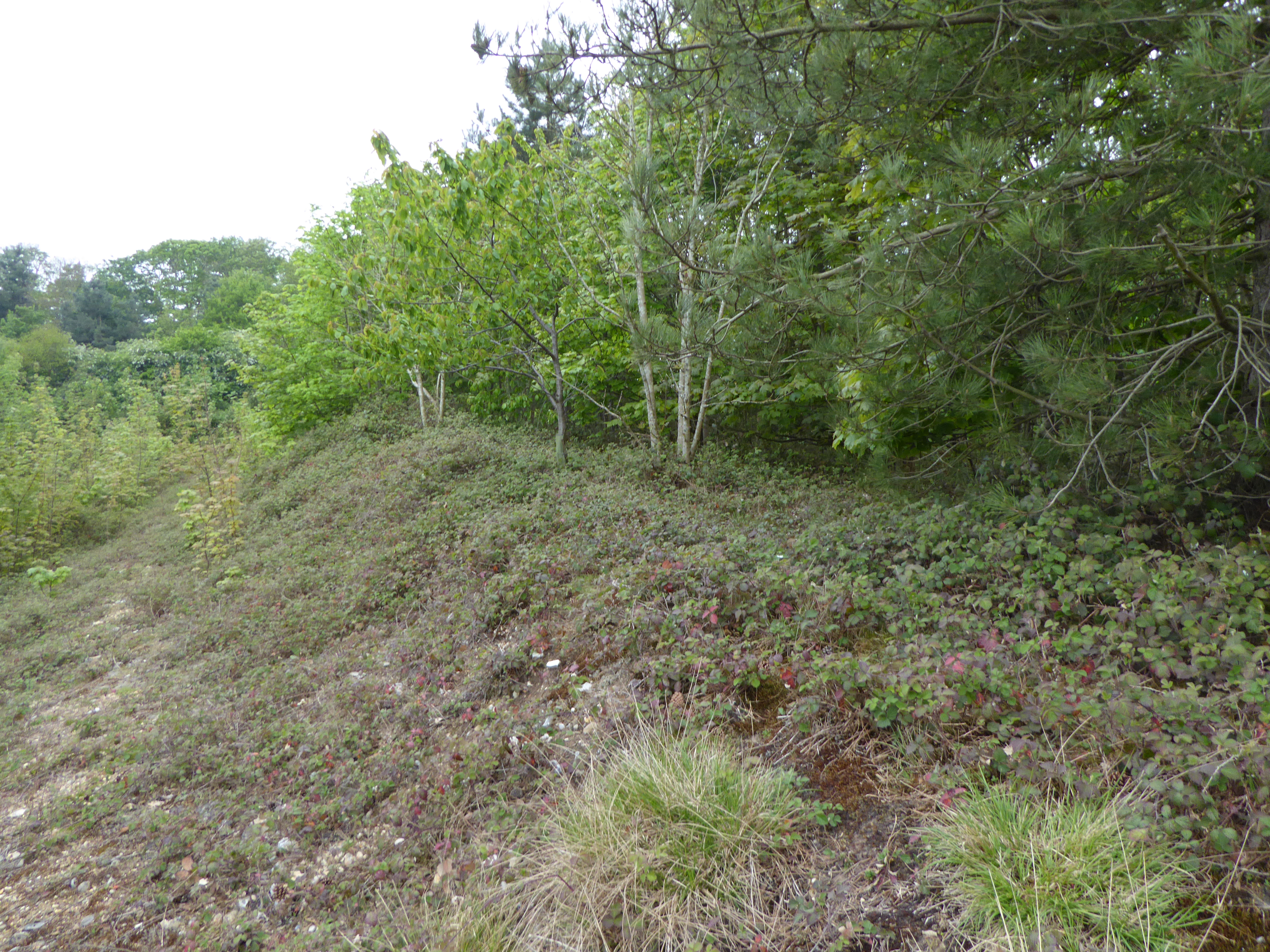Flixton
Settlement in Suffolk East Suffolk
England
Flixton
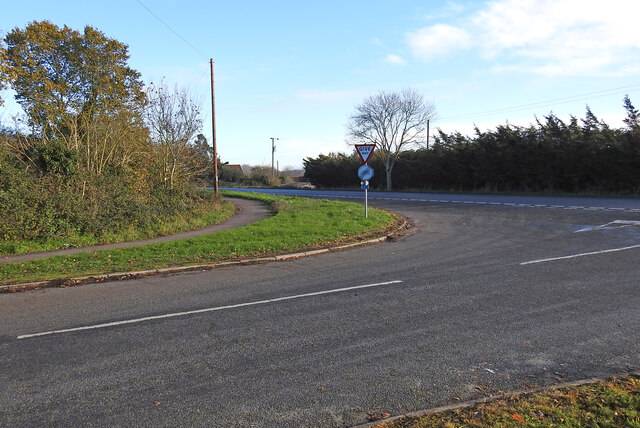
Flixton is a small village located in the county of Suffolk, England. Situated approximately 7 miles south of the town of Bungay, Flixton is nestled in the beautiful countryside of East Anglia. With a population of around 500 residents, it maintains a close-knit and friendly community atmosphere.
The village itself is characterized by its picturesque landscape, featuring rolling green fields, meandering rivers, and charming country lanes. Flixton is surrounded by agricultural land, with farming playing a significant role in the local economy.
Historically, Flixton is known for its connection to the aviation industry. During World War II, the village was home to RAF Bungay airfield, which played a vital role in the defense of Britain. Today, remnants of the airfield can still be seen, including the control tower and a memorial to the airfield's service.
Flixton offers a range of amenities to its residents and visitors. The village boasts a primary school, a pub, and a village hall, which hosts various community events throughout the year. The surrounding countryside provides ample opportunities for outdoor activities such as walking, cycling, and fishing.
Overall, Flixton is a peaceful and picturesque village that offers a tranquil escape from the hustle and bustle of city life. With its rich history and stunning natural surroundings, it is a hidden gem in the Suffolk countryside.
If you have any feedback on the listing, please let us know in the comments section below.
Flixton Images
Images are sourced within 2km of 52.432415/1.3972883 or Grid Reference TM3187. Thanks to Geograph Open Source API. All images are credited.

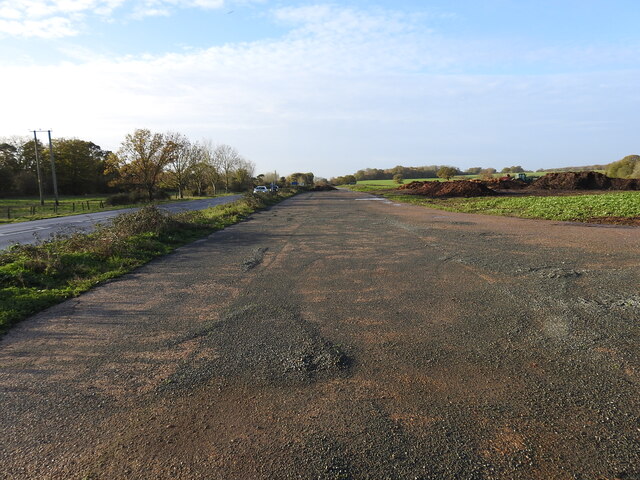
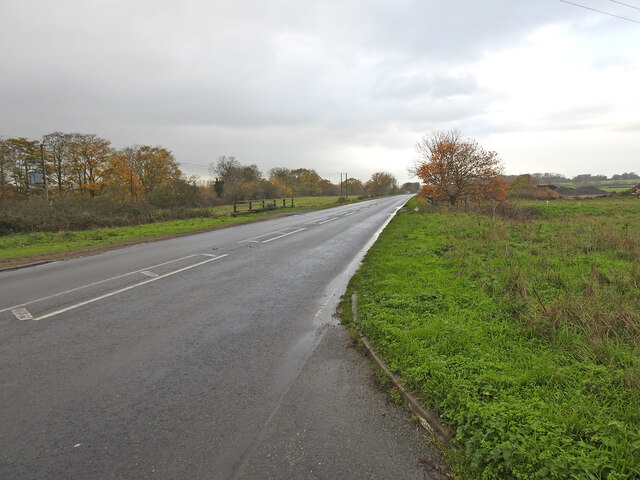
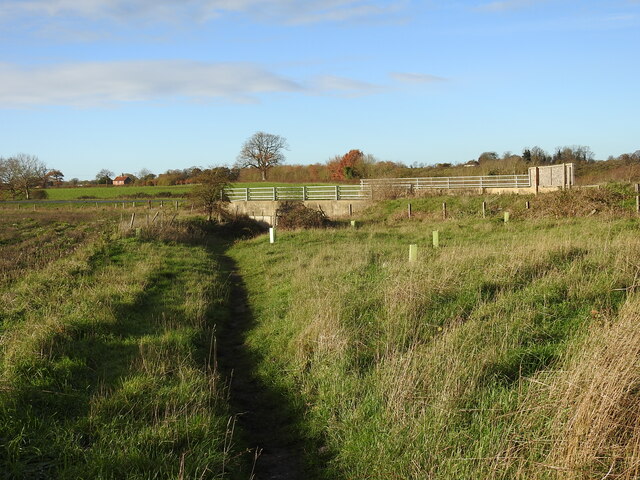
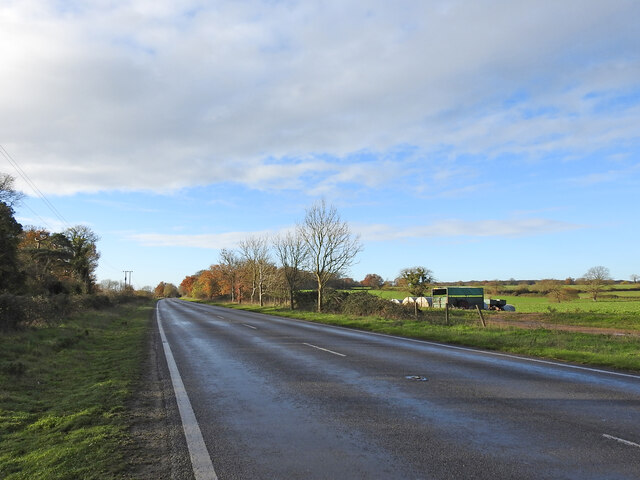


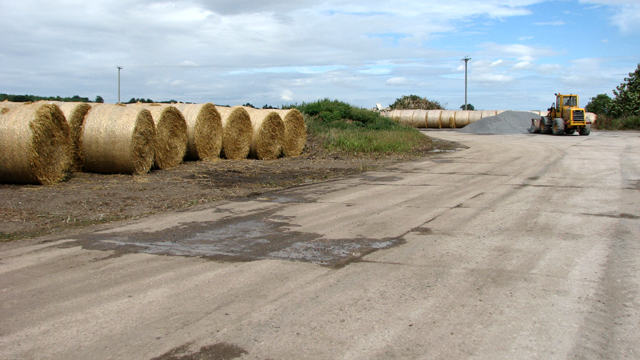
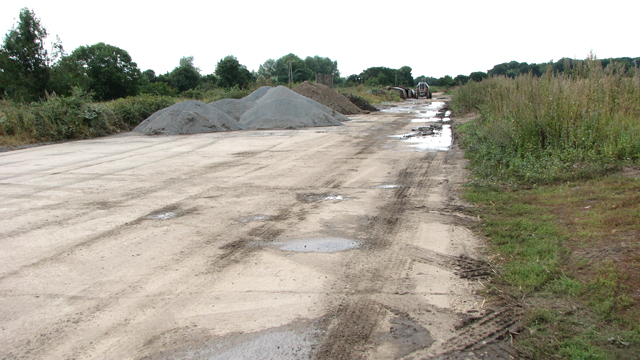
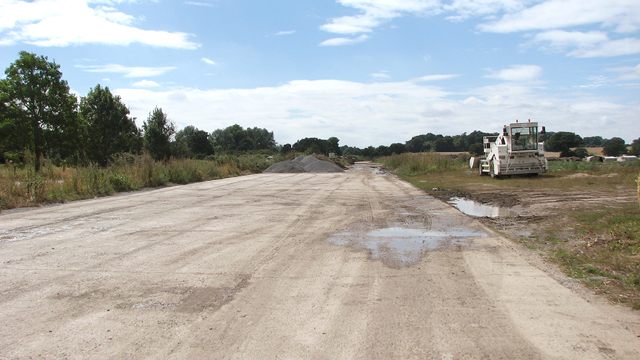

Flixton is located at Grid Ref: TM3187 (Lat: 52.432415, Lng: 1.3972883)
Administrative County: Suffolk
District: East Suffolk
Police Authority: Suffolk
What 3 Words
///ranges.lousy.ranch. Near Bungay, Suffolk
Nearby Locations
Related Wikis
Flixton, The Saints
Flixton is a village and civil parish located in the north of the English county of Suffolk. It is around 2 miles (3.2 km) south-west of Bungay in the...
Flixton Priory
Flixton Priory was a nunnery under a prioress following the Augustinian rule, which formerly stood in the parish of Flixton in the north of the English...
RAF Bungay
Royal Air Force Bungay or more simply RAF Bungay (known locally as Flixton) is a former Royal Air Force station located 3 miles (4.8 km) south-west of...
Abbey Wood, Flixton
Abbey Wood, Flixton is an 18 hectare biological Site of Special Scientific Interest south—west of Bungay in Suffolk. It consists of two adjoining areas...
Angles Way
The Angles Way is a long-distance footpath in England, close to the River Waveney and River Little Ouse and thus close to the Norfolk/Suffolk border between...
Flixton Quarry
Flixton Quarry is a 0.7 hectares (1.7 acres) geological Site of Special Scientific Interest 3.75 miles (6.04 km) south-west of Bungay in the English county...
Earsham railway station
Earsham was a railway station in Earsham, Norfolk, England. It was located on the Waveney Valley Line which connected Beccles with the Great Eastern Main...
Earsham
Earsham is a village and civil parish in the English county of Norfolk. Earsham is located 1.7 kilometres (1.1 mi) west of its postal town of Bungay and...
Nearby Amenities
Located within 500m of 52.432415,1.3972883Have you been to Flixton?
Leave your review of Flixton below (or comments, questions and feedback).
